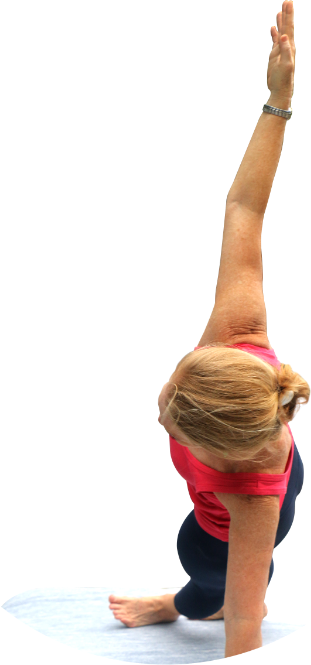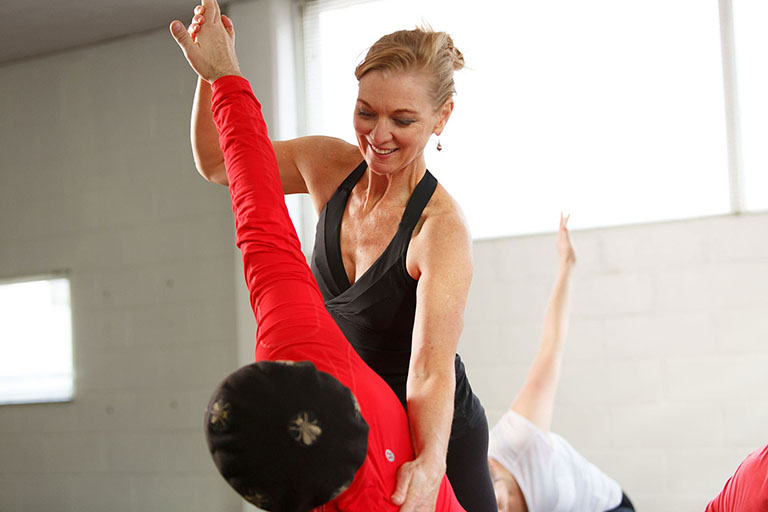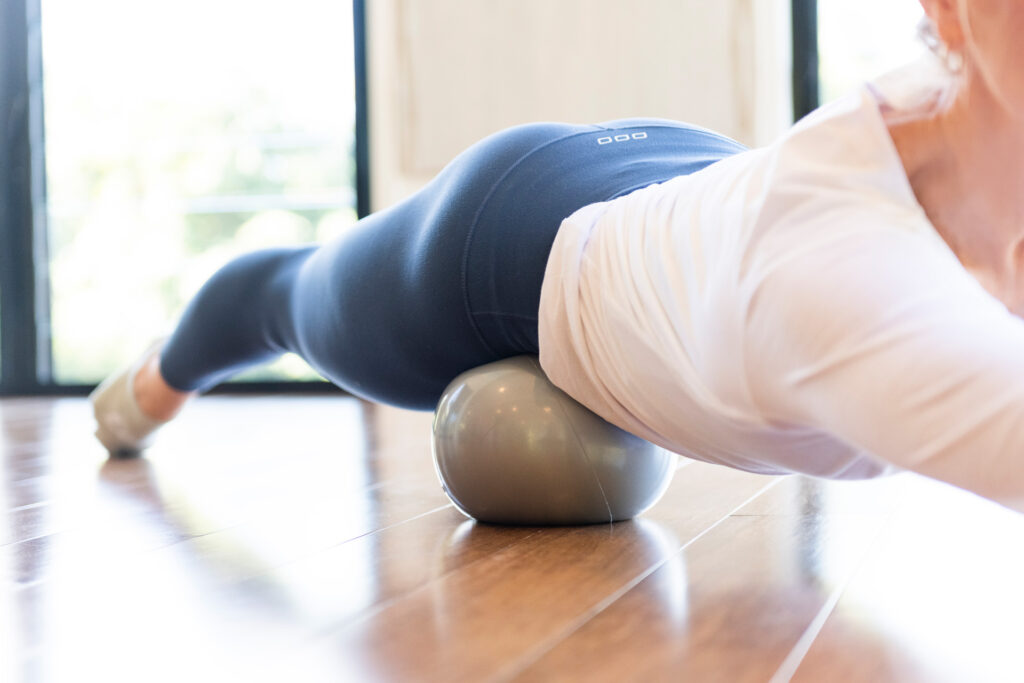‘….The entire day was super informative and working with Bruce was wonderful! He was very good at explaining everything and the day was great! There were a lot of phrases and explanations that Bruce used that have stuck with me since Sunday!…”
Graduate Diploma of Somatics and Dance-Movement Therapy
This course is an AQF Level 8 post graduate qualification in Somatics, Counselling and Dance Movement Therapy. Upon completion of the learning program graduates will be eligible for membership to the Dance Therapy Association of Australasia and registered as Dance Movement Therapists.
This course is intended to provide participants with the following general educational outcomes:
- Movement and anatomical terminology
- Body-oriented approaches in working with survivors of trauma & nervous system regulation through movement
- Theoretical frameworks for delivering Dance Movement Therapy to a broad range of populations
- Psychotherapy and counselling techniques in Somatics and Dance Movement Therapy
- Movement and dance to support intellectual, emotional and motor functions
Entry into the course requires a qualification in movement/dance/bodywork/education or other Allied Health disciplines









Who Should Attend
This Course?
About
Graduate Diploma of Somatics and Dance-Movement Therapy
The therapeutic use of movement assists us to change within and in relationship to others. As we change our mode of action, our image of ourselves also changes.
- Who am I?
- How do I move?
- Which parts of me work to express myself?
- Where does my movement initiate?
- Does my mind lead or follow?
- Do I trust my body?
Most of human interaction is non-verbal and therapy is lacking if we don’t utilise this information, therefore we must enhance our skills in observing the non-verbal; generally presented to us in movement, gesture, posture, and expression.
In this course we introduce students to a framework and vocabulary for grasping this non-verbal data.
There are 5 Modules associated with the course. Each Module consists of smaller individual subjects some can be studied as independent short courses for Professional Development.
- CPLMAT401 Apply anatomy and physiology to movement:
- Skills and knowledge required to apply anatomy and physiology for movement to a range of target groups in a safe, effective and contemporary manner
- Apply the foundations of structural kinesiology
- Identify and describe neuromuscular fundamentals
- Apply knowledge of basic kinesiology and anatomy when working with clients
- NAT11068001 Plan and Facilitate Dance-Movement Therapy Sessions:
- History, principles and practices of Somatics & Dance-Movement Therapy and cross cultural applications as a healing practice
- Structure of a Somatics and Dance-Movement Therapy session
- Design and facilitation of a Dance-Movement Therapy session
- Evaluation processes in Somatics and Dance-Movement Therapy
- Ethical practice with clients
- Documentation of movement observations using Observation Record Sheets
- Knowledge of contemporary Movement Therapy theories
- Working with the phenomenology surrounding mind/body connection
- NAT11068002 Apply Laban Movement Analysis in Somatics and Dance-Movement Therapy:
- Documentation of movement observations using Laban Movement Analysis
- Practicing the language of observing and describing movement
- Applying the tools necessary to understand and analyse movement
- Documenting movement observations using a Movement Analysis Matrix
- The initial focus will be on understanding and describing students’ own movement and how this relates to other internal and external aspects of Self and other
- NAT11068003 Apply Developmental Movement concepts when working with clients
- Incorporation of developmental movement patterns into working with clients and to
- Understanding how developmental movement influences physical, psychological and emotional development
- Applying specific interventions including working with contact boundaries, symbolism, use of props and the power of metaphor
- NAT11068004 Apply Counselling & Psychotherapy Interventions in Somatics &Dance-Movement Therapy:
- Study of psychotherapeutic theories and models underpinning their application in SDMT
- How to collect client information
- Planning and delivery of psychodynamic counselling sessions
- Delivery of psychodynamic movement therapy sessions
- Reviewing and adapting Dance Movement Therapy sessions
- Identification of clients’ psychological needs
- Attachment Theory, Object Relations
- Application of counselling skills and concepts integrating a mind, body and emotions
- Application of psychodynamic concepts during Movement Therapy sessions with clients
- Identifying dysfunctional movement patterns from a somatic awareness perspective
- How to work from a person-centred approach as a model for working with clients to provide students with a comprehensive model that offers direct practical application to working as a Somatics and Dance Movement Therapist (SDMT)
- CHCCSL006 Select and Use Counselling Therapies:
- Analysing clients’ needs, issues and desired changes to be addressed
- Utilising a variety of counselling therapies and combining techniques and processes
- Identification and consideration of co-existing issues in selecting courses of action
- Interpreting information about counselling therapies and determining their application, benefits and limitations in addressing clients’ needs
- Client referral, reporting and review
- Reflection and review of one’s own role as a therapist/counsellor
- Maintaining and enhancing knowledge of emerging trends
- NAT11068006 Work with the nervous system to regulate emotional, psychological and physiological states:
- This unit enables graduates to work with the Sympathetic and Parasympathetic Nervous Systems
- Students will develop skills to assist clients address the psychological, emotional and physiological relationships in their nervous systems; and view applications through a Poly Vagal lense
- Understanding the Nervous System through sensing the body and the actions affecting the function of the body aids client healing
- Anatomy and function of the Nervous System is explored in depth
- NAT11068005 Kinaesthetic and Tactile Applications in SDMT:
- This unit is a hands-on, practical approach
- Students develop useful tactile skills and methods for application with clients
- The therapeutic relationship can be enhanced through kinaesthetic and tactile interventions, which can be a significant contribution towards enabling a client to effect change
- Safety is also foundational to any SDMT work, and this is addressed on both physical and other levels to support the therapeutic process
- NAT11068007 Plan and deliver Somatics and Dance Movement Therapy sessions for groups:
- This unit explores further observation and analysis skills, appropriate assessment of client needs in a group context
- Setting therapeutic goals and successful planning of DMT interventions for working with groups
- Theory of group dynamics
- Music and prop selection; and how to establish empathy and shape connection through movement
- NAT11068008 Apply theoretical concepts of Somatics and Movement when working with specific populations:
- This unit outlines the role of the therapist and the process of developing empathy and attunement with clients across a range of populations
- Students will study and practice many applications of SDMT aimed at developing necessary skills and potential tools of practice as they prepare to facilitate ongoing SDMT sessions
- Attunement, empathy and the dyadic union
- The theory of developing a theoretical model including needs assessment, specificity of techniques, goals of treatment and effective planning movement interventions related to the therapeutic process are also covered in this unit
- NAT11068009 Apply DMT to work with trauma clients:
- Trauma can contribute to individuals having an impaired capacity for connection to self and others, and the result in a diminished aliveness which may well underlie development of psychological and physiological problems.
- Using DMT as an intervention with clients living with trauma aims to assist clients to restore connection both within and with other
- Theory and affect of trauma on individual development and safety
- Tools for guiding clients through the process of freeing internal barriers
- Blocks are inherently related to nervous system dysregulation, disruptions in attachment and distortions of identity and can be addressed through movement
- How to incorporate movement and somatic practices to support the development of a healthy capacity for connection and aliveness
- BSBINS603
- Gain an introductory understanding of the professional and ethical requirements to practice as a Dance Movement Therapist
- Undertake sound research skills and prepare client notes, report, and port folios, including literature reviews, searches and citations in DMT theory & practice
- Communicate function and benefits of DMT to other professionals, potential clients, funders, and stakeholders
Subjects may be undertaken individually as Professional Development to meet the requirements of Professional Associations.
PREREQUISITS
Studies in Allied Health Professions and prior experience in movement or exercise
Pre-course Study:
Completion of online anatomy and workplace health and safety units
HOW LONG DOES IT TAKE?
2 years – 1 ½ years coursework and 6-12 months Clinical Practice
Course Materials
Access to state of the art learning management system housing course content, assessments and extensive reference library
Assessment
Additional assessment activities and attendance at online student tutorials apply
HOW MUCH?
$10500
VIEW COURSE DATES & TIMESFinance Available
Government grants and payment plans are available. Find out which option is right for you.


Why this Course?
- It is the only Government Accredited course in Australia for Allied Health professionals in Somatic Movement Therapy that provides a direct pathway to membership of DTAA.
- Become a more effective therapist by working somatically
- This course integrates the principles of movement, touch and verbal therapy into one therapeutic method
- The workshop component of the course is practical– you get to experience the work and in your own body
- You will gain understanding of possible applications, in individual/group Somatics and Dance-Movement Therapy
- Develop understanding of various approaches to movement observation & analysis
- You will be able to identify your own movement preferences, held patterns, restrictions using these approaches to better serve clients’ needs
- Develop practical skills and understanding the role of the nervous system in self regulation
FAQ videos
Trusted trainers for















